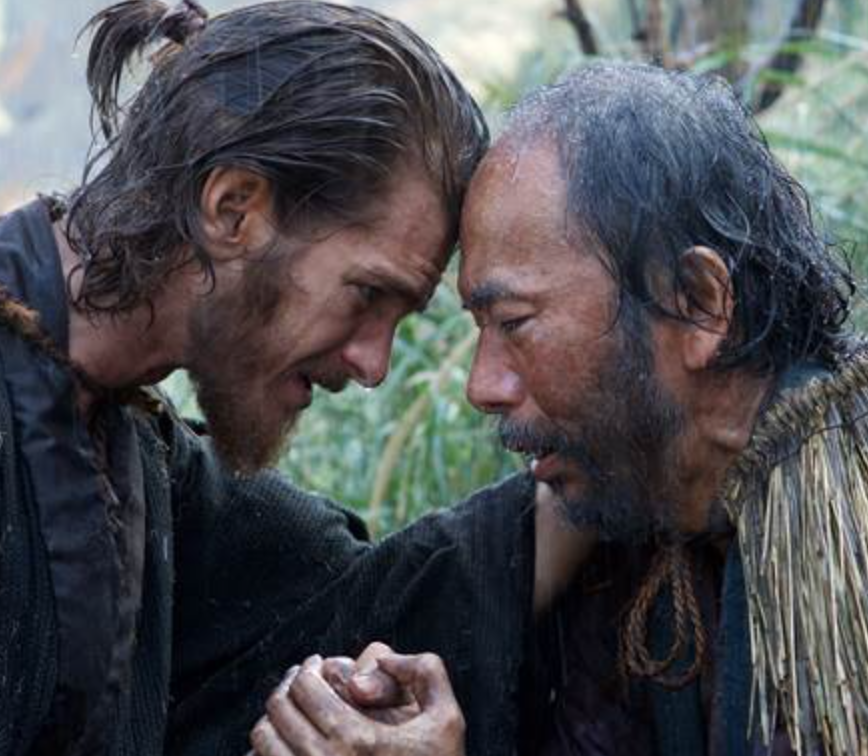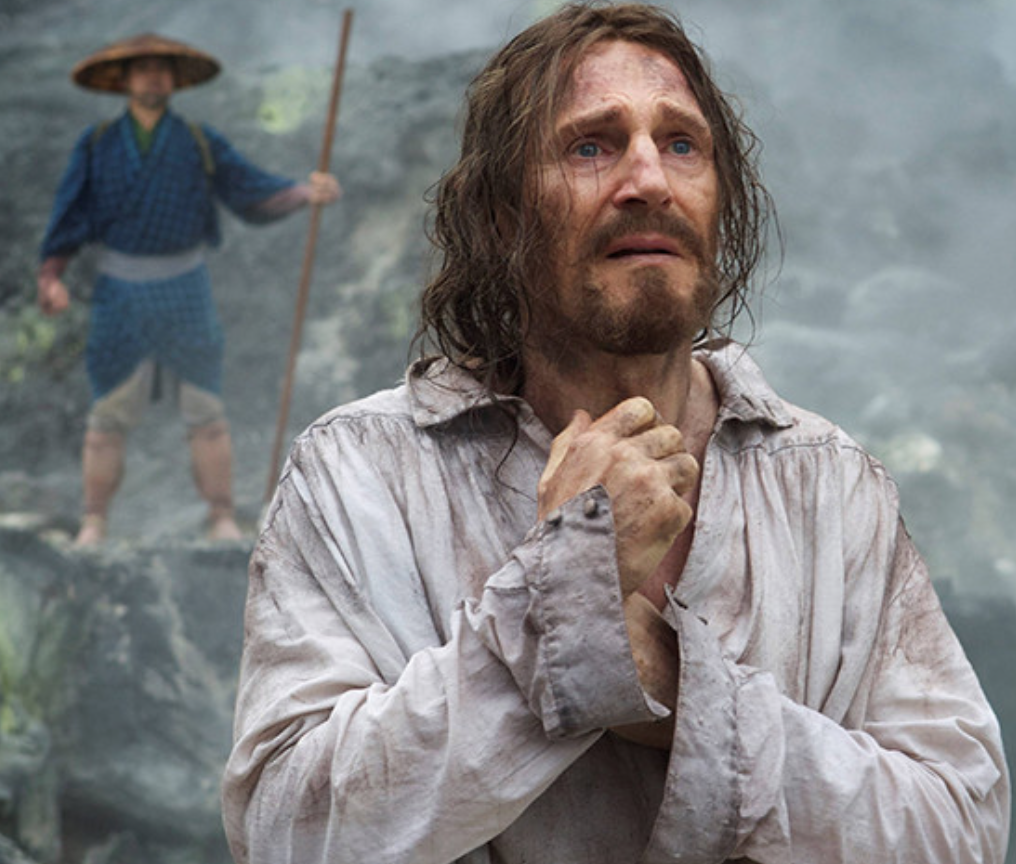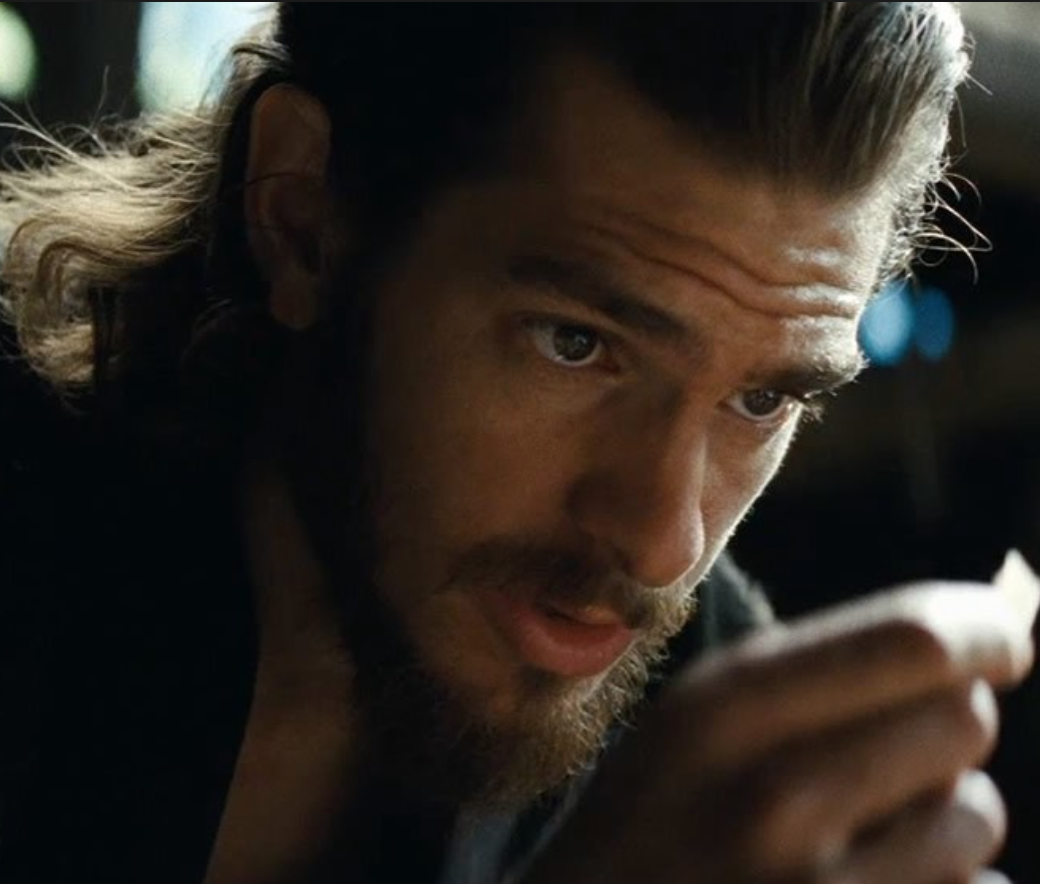 It has taken Martin Scorsese nearly thirty years to make “Silence,” his adaptation of Shusaku Endo’s 1966 award-winning novel about spirituality in the face of profound human suffering. In the intermediary, he has released a bevy of less weighty films, most recently “The Wolf of Wall Street,” which treads as far from “Silence” as Donald Trump does from Barack Obama. Yet what distinguishes the Academy Award-winning director’s work is in full effect in both films: a fascination with ritual coupled with an epic scale. True, “Silence” trains its lens on abstinence and self-sacrifice, but it does so with the over-the top commitment with which the “Wolf” stockbrokers snort drugs off hookers’ asses.
It has taken Martin Scorsese nearly thirty years to make “Silence,” his adaptation of Shusaku Endo’s 1966 award-winning novel about spirituality in the face of profound human suffering. In the intermediary, he has released a bevy of less weighty films, most recently “The Wolf of Wall Street,” which treads as far from “Silence” as Donald Trump does from Barack Obama. Yet what distinguishes the Academy Award-winning director’s work is in full effect in both films: a fascination with ritual coupled with an epic scale. True, “Silence” trains its lens on abstinence and self-sacrifice, but it does so with the over-the top commitment with which the “Wolf” stockbrokers snort drugs off hookers’ asses.
Adam Driver and Andrew Garfield play Fathers Garrpe and Rodrigues respectively, two Portuguese Jesuit missionaries searching for Father Ferreira (Liam Neeson), their mentor who has gone missing in Japan. It is the seventeenth century and Christians have been intent on spreading the good word in Asia, whether or not that word is welcome. The rumor is that Ferreira has absolved his faith and taken a Japanese name and wife, but the younger priests feel in their hearts that this is slander and that their teacher needs rescuing. So they set off on a slow boat, armed only with what they can carry on their backs – mostly Christian artifacts.
Their guide – the wild-eyed wraith Kichijiro (Yosuke Kubozuka) – guides them to a village full of closeted Christians, but no Ferreira. The Christians secretly pray every day despite the literal risk of dying for their beliefs – others have already been killed on the cross – and Kichijiro is suffering from terrible guilt for betraying his family and renouncing his faith. In order to administer to these believers, the priests agree to live in hiding, providing communion, taking confessions, and delivering sermons when the villagers can steal into their cave in the middle of night. It’s a bleak existence that grows far worse when they’re discovered by Inoue Masashige (Issei Ogata), a villainous, self-amused inquisitor in the queasy tradition of Christoph Waltz in “Inglourious Basterds.”
Ogata sinks his fangs into the role, and he provides the only (faint) amusement to be found in this intensely sober examination of apostasy. For the goal of Masashige and the other officials is not to slay the Christians so much as their faith. The two Jesuits are separated, and we remain with Rodrigues, who refuses to place his foot upon a fumi-e (a religious carving of Mary or Jesus), the Japanese-endorsed representation of renunciation. For his faith, Rodrigues is tortured – not only physically, but by being forced to watch the execution of villagers who also refuse to renounce. To Scorsese’s credit, we are granted an understanding of the officials, who view Christianity as a toxin that deludes peasants into thinking their real lives will take place in heaven – as a colonial imposition of European values upon a culture that does not need them. Unfortunately, this position lurks in the background. In the foreground lives only suffering – the nearly blind martyrdom of the Fathers and their adherents.
In the film, Rodrigues believes his greatest obstacle is God’s silence, but Endo’s novel focuses on his arrogance, which Garfield erases with his wide, wondering gaze. Stripped of that interior conflict, “Silence” is far more one-note – a grinding erosion of spiritual conviction. Doubt is an old color, especially in Scorsese’s ventures into the universe of faith (see: “The Last Temptation of Christ” and “Kundun”), and we do not encounter new shades of it here. Only questions of flexibility feel new – When is it valid to adjust one’s expression of faith? When might renunciation save believers? – but at nearly three hours, the film picks at them like a child peeling off a scab. It is painful to watch, and even its implied identification with Judas rather than Christ does not enliven the narrative.
Cinematographer Rodrigo Prieto does his job ably, and this being a Scorsese joint there still exist isolated moments of visual grandeur: ships gliding out of gorgeous fogs, crucifixions recalling renaissance paintings. Overall an austerity presides, though one that relies upon a gloomy pallor that eclipses Driver and Garfield on every level. With big eyes and noses looming out of emaciated frames, the young men’s anguish offers little to grasp. You almost long for the sun-drenched soul searching of “Tree of Life,” Terrence Malick’s equally extended interrogation of Christianity. Almost.
Some are sure to love “Silence,” to pore over it like a sacred text for years to come. I found myself longing for midrash, for mitzvahs – for matzohs, even, given the starvation of the senses this film entailed. (Rarely has a film’s themes made me feel so Jewish.) When I emerged afterward into the cold sunlight of a mid-December, Trump traffic-addled Midtown, I wondered if the film’s questions were even necessary – or at least necessarily posed. Sacrificing for one’s beliefs is as important as it’s ever been, yet asserting this fact by inflicting us with one hundred sixty minutes of grinding, unredemptive cinema now seems like the worst kind of vanity project.
This was originally published on Signature.
